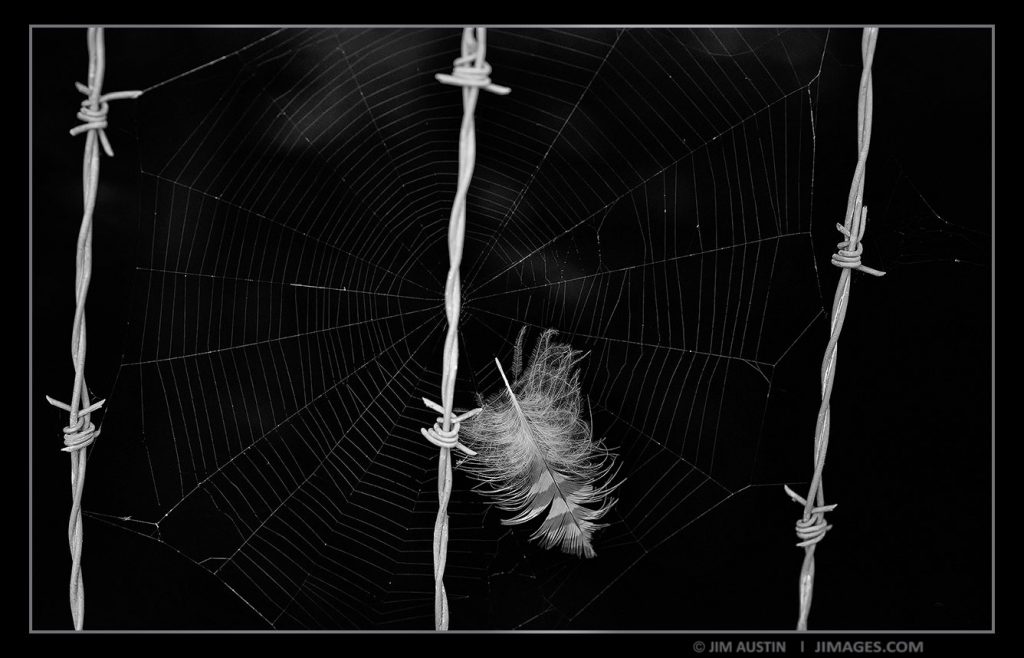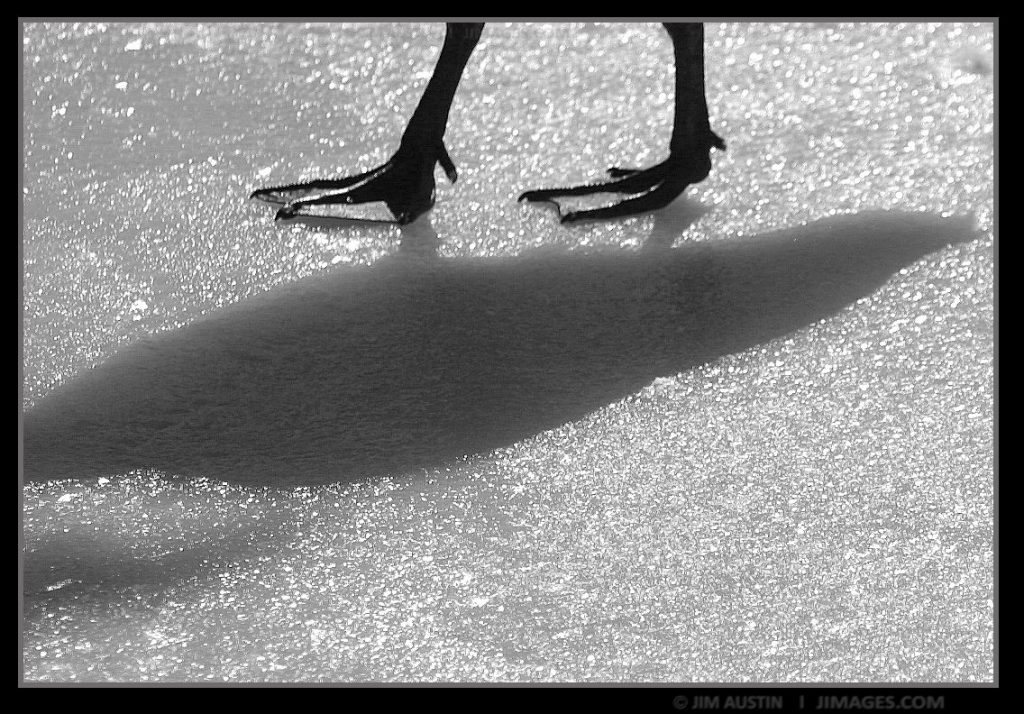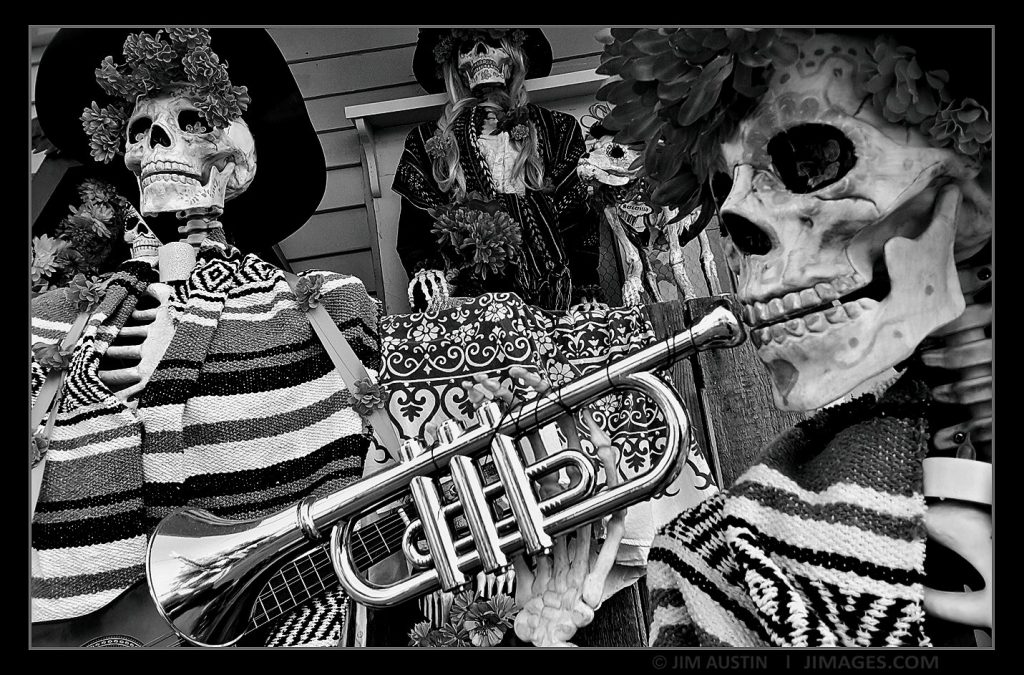Apogee Photo Coach Jim Austin digs into hope, movement, attention, nuance and more. Photographers in any field can engage these 5 valuable ways to make creative photographs
HOPE: staying positive, curious and open with our belief system.
I started photographing at age 10, but I didn’t know that people who keep their childhood passions alive into their adult years tend to boost their creativity. So, keep your passions alive. In order to get a good photograph of a dolphin, I had to hope that each time I shot, the images would be better than the last time.
Acting hopeful leads to feeling like a Hopeful Photographer (link). Staying positive about photography also means being open to challenge and being curious and imaginative.
If doubts cloud my vision (“It’s too cold to shoot” or “I don’t have the right focal length because those birds are so far away”), it takes effort to keep photography passionate. I try to overcome these thought obstacles with a creativity fight, taking the advice of Chris Orwig.
Orwig is a photo educator and author of The Creative Fight. He says” without creativity, it’s impossible to live a rich and meaningful life.” He explains that creativity is a wild, unpredictable moving practice, almost like boxing, and it takes a fight to stay in the game until we get a hopeful feeling about our work.
Instead of boxing gloves, I put on mental “get going” gloves. They are a series of warm up steps with the camera, that help me prepare and move to a more hopeful frame of mind. This means thinking more positively about the risks and challenges ahead.
Each of us has mental habits that help make our creative fight more hopeful. Yours may be in the way you prepare to go out to shoot. We must believe in positive dreams to be creative. For instance, we invest in our camera brand’s imagery (‘wildlife as __sees it” ) We think this manufactured brand imagery is authentic and true. Perhaps we should put the same glowing value on our personal artistic brand, transforming our experience of our own photographs.
UNIQUE: keeping YOU in the photograph.
When you photograph something personal to you, no one else can make the same image. In his book Instant Connections, Jason Landry tells a story of how he showed his portfolio to teachers, and they always asked him “Where are YOU in these photographs.” Choose your subjects selectively, from a scene only you can see, ensures that you are creating something unique.
When you are completely yourself, your personality comes through in your best images.
Even when we find intelligent life in other parts of the cosmos, there still will be no other consciousness like yours. Your brain is unique. It shares a compelling story and lets you take a singular photograph.
So, I try to make photographs that are unique to my personal vision. I am the only one that can create them.
Here’s an example from the canine world. Think of pictures of weimaraner dogs. One photographer, William Wegman, lives with his weimaraners and loves to set up dog situations to photograph. By living with dogs all the time, he’s created a body of iconic photographic work that is meaningful to him, and therefore meaningful to his fans.
MOVE: you can see more by WALKING around.
When I pick up the camera and take a walk, I feel better. My restless mind moves into productive problem solving. I can now risk making a few photographs. Walking, I try to look up and out, away from my screen or camera, to see birds and clouds above the horizon. After a few more minutes, visual ideas begin to flow. Like sunlight helps plants grow, getting moving helps us grow new visual associations and memories.
ATTEND: go beyond casual snap shooting to INTENSIFIED seeing.
The more you pay attention, the more gorgeous the world becomes. Emmet Gowin, the photographer, advised us to “pay attention to the things that really matter to you…live near them.” Exactly. Your best photographs come from within, where your heart beats close to your being.
An amateur photographer will bounce around, but the photographer who is making good images is the one who is concentrating, because only her photographic frame is what she has become.
Start by noticing your wandering thoughts. Practice breathing exercises until deep, slow breathing focuses your mind as you photograph. Look up, down, behind and all around you. Then, when you see something that makes your jaw drop and your eyes pop, trip the shutter.
There is a massive distinction between casual photo shooting and intensified photographing. It’s all in the nuance.
NUANCE: replace the new with NUANCE.
Freakonomics is a podcast put out by Stephen Dubner in New York City. Downloading from iTunes, I listened to an episode in which Dubner spoke with Angela Duckworth, the author of the book Grit: The Power of Passion and Perseverence. She explained how creative people ignite their creativity and learn to be gritty through practice, interest, hope and purpose. Working towards an important goal, they “substitute nuance for novelty.” Nuance is a subtle difference in meaning or expression from the French for shade.
“If it’s a goal of yours to become expert in something,
one of the skills is to learn to substitute nuance for novelty.“
~ Angela Lee Duckworth
So, when we create a photograph, we want to put in shades of subtle, deeper meaning. Newness is unimportant. Polishing what you are working toward, in subtle ways, is a key to taking pleasure in and persevering with photography. I often find shades of nuance in the work of master photographers, and here are two examples.
Ansel Adams stayed in Yellowstone for 10 winters to make his classic Yellowstone series and if you read his descriptions of the photos, the nuances of his workflow stand out like El Capital stands out from the Yellowstone Valley.
Here’s another example. Although photographers have used flash for years, photographer Joe McNally expertly showed us how to use the nuances of shaping and sculpting strobe light for compelling portraits, in his book Sketching Light: Exploring the Possibilities of Flash.
So, Adams and McNally, each in their own unique way, refined the craft, adding nuance and enlarging the meaning of a photograph. Adams did it with the Zone System, McNally with the strobe. Finally, as we engage our grit, let’s keep our inteGRITy to and do authentic work.
Finally, you can remember Hope, Unique, Move, Attend and Nuance because their acronym is HUMAN.
By Jim Austin




Leave a Reply